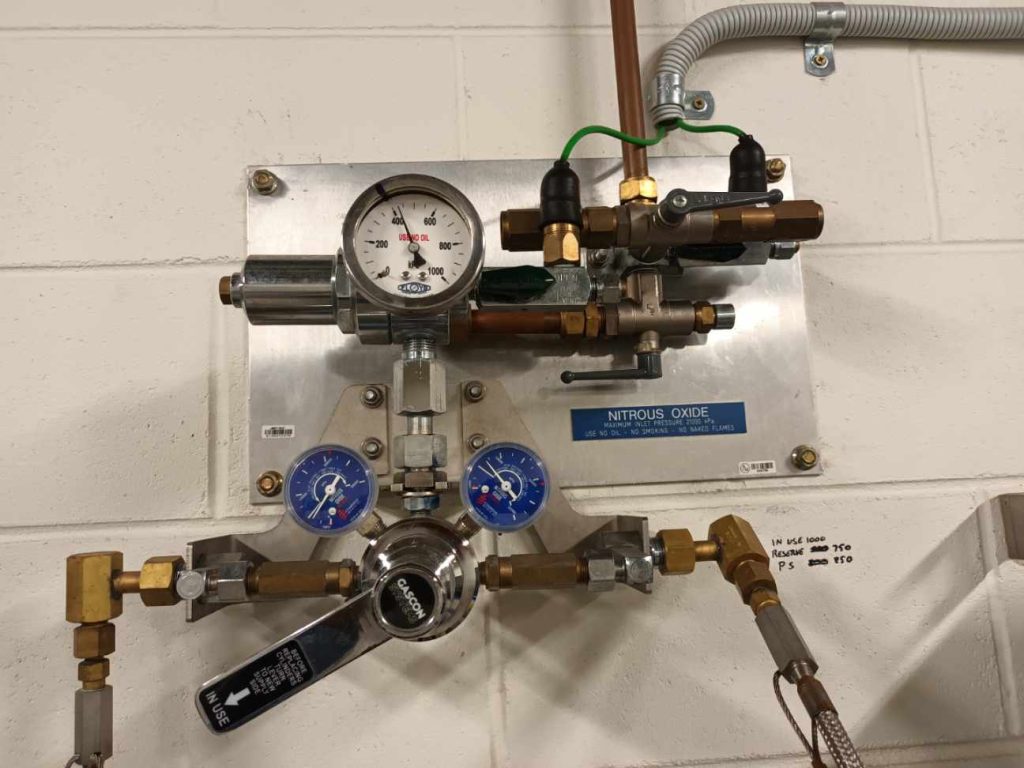Leaks are a major source of Nitrous Oxide emissions. As such the UK and Ireland Anaesthesia bodies have recommended decommissioning of nitrous oxide pipelines by 2026/27 and moving to nitrous oxide provision at point of care by cylinders. The Australian Health Care Facilities Guidelines were updated in 2024 and now suggest Nitrous Oxide should not be reticulated in all new hospital/theatre builds.
The Australian Government and University Melbourne have put together a practical guide for Detecting and reducing nitrous oxide leaks in healthcare facilities which complements this website.
Figure 1: Hole in nitrous oxide piping due to rub from an adjacent waste pipe.

Leaks in ageing N2O manifold and pipeline infrastructure results in significant wastage of N2O into the atmosphere. The UK Nitrous Oxide Project, led by pharmacist Alifia Chakera, found that wastage via leaks accounted for over 95% of the N2O use in 16 NHS hospitals that were audited.1,2 Data from other hospitals in Ireland, NZ and Australia show that the issue of wastage due to leak is likely to be a common problem.3,4
Sir Charles Gairdner Hospital (SCGH), an adult only hospital in Perth, performed a clinical audit comparing N2O purchasing with estimates of clinical use. They found that they were purchasing over 90% more N2O then they were clinically using and subsequently a leak in the manifold regulator was found and fixed. At SCGH there was no service contract in place to regularly assess for leaks and it was unclear when this had last happened. SCGH has now decommissioned their nitrous oxide pipeline and manifold.
After six months of decreased N2O purchasing a sudden uptick suggested the occurrence of a new leak. Following the maintenance guidelines of the Australian Standards the search for the leak involved visual inspection and soapy water testing of key parts of the system. This failed to identify the problem. Further examination of the system by pressure testing confirmed the presence of a leak. When focused pressure testing of individual limbs and theatre piping occurred, not one but five leaks were found. There was a large new leak in a worn copper pipe and there were leaks in four theatre pendant systems. These pendant leaks were likely to have been long term and missed with previous visual testing strategies. SCGH has now disconnected from the piped nitrous supply and are moving towards decommissioning the entire system and manifold.
An application has been made to the Australian Standards to add pressure testing to the standard regime. The 2021 AS2896 Medical Gas Systems is available here. You might have a subscription from your institution which will give you access to this document.
Check out our protocol here for pressure testing your hospitals nitrous pipeline to assess for leak.
Figure 2: Manifold regulator where original leak was found.

References
- Spencer N et al. NHS Lothian nitrous mitigation project: assessing nitrous oxide usage at a district general hospital. Anaesthesia. 2021; 76(6): 24.
- Wise J. Creating more sustainable practice: the NHS clinical teams innovating for a greener future. BMJ. 2021; 375: 1-3.
- Seglenieks R et al. Discrepancy between procurement and clinical use of nitrous oxide: waste not, want not. BJA. 2022; 128(1): 32-34.
- Keady T et al. Annual greenhouse gas emissions from inhaled anaesthetic agents in the Republic of Ireland. BJA. 2023; 130(1): 13-16
